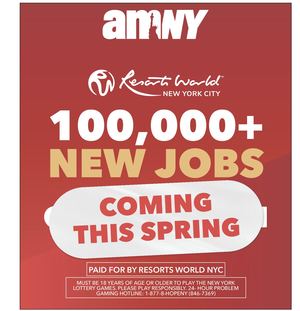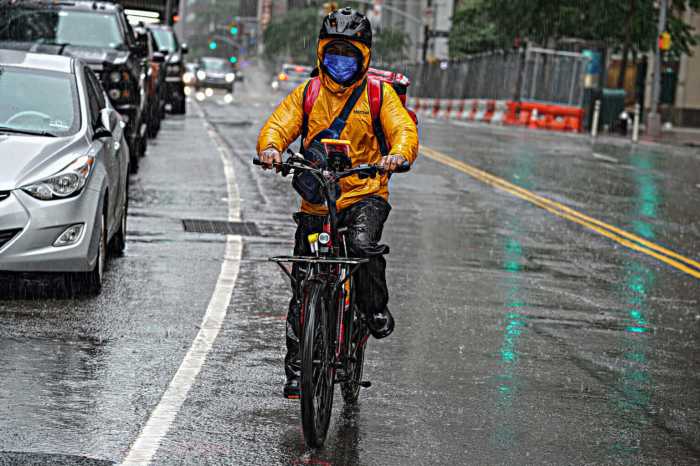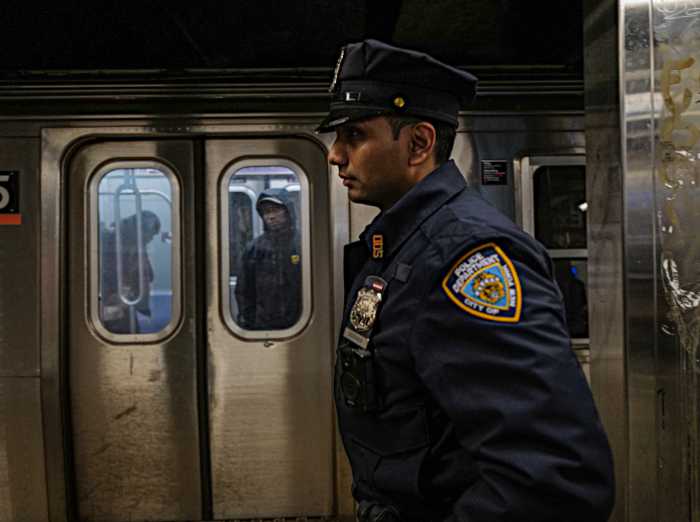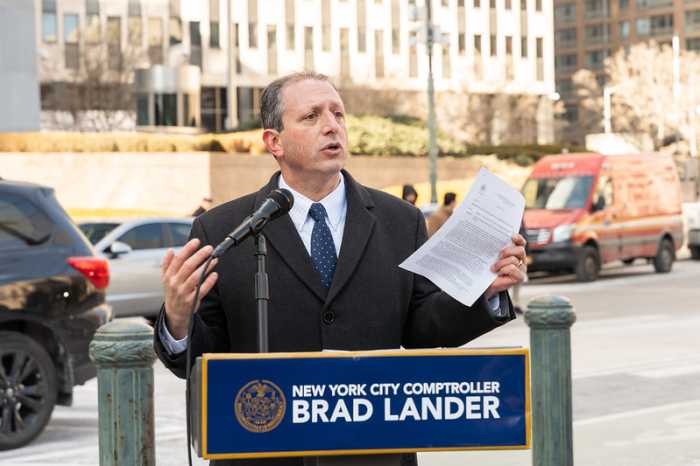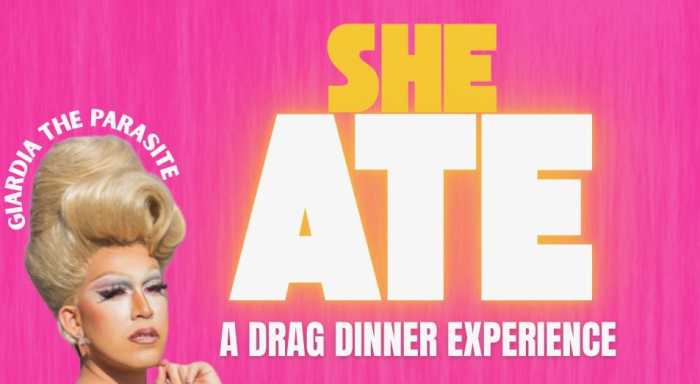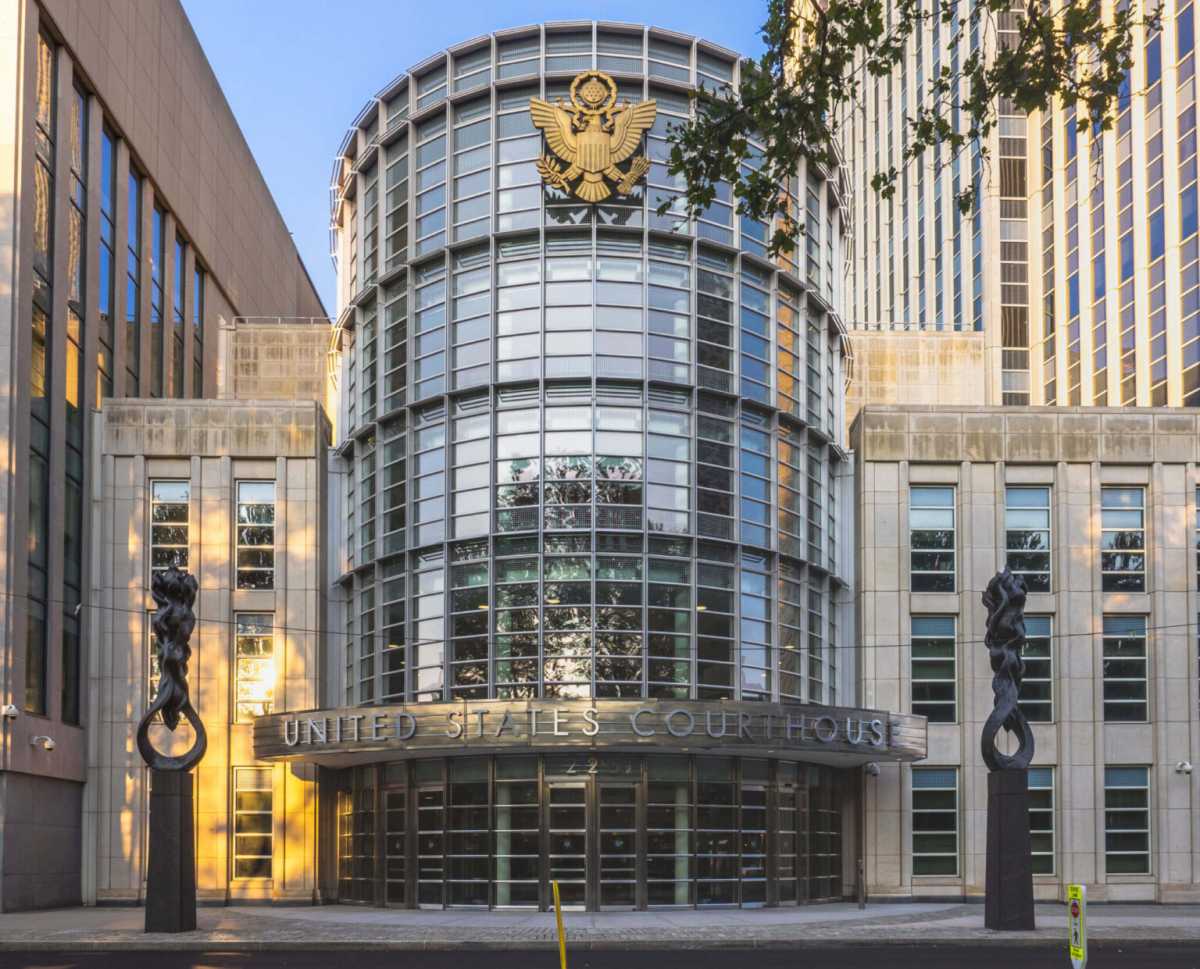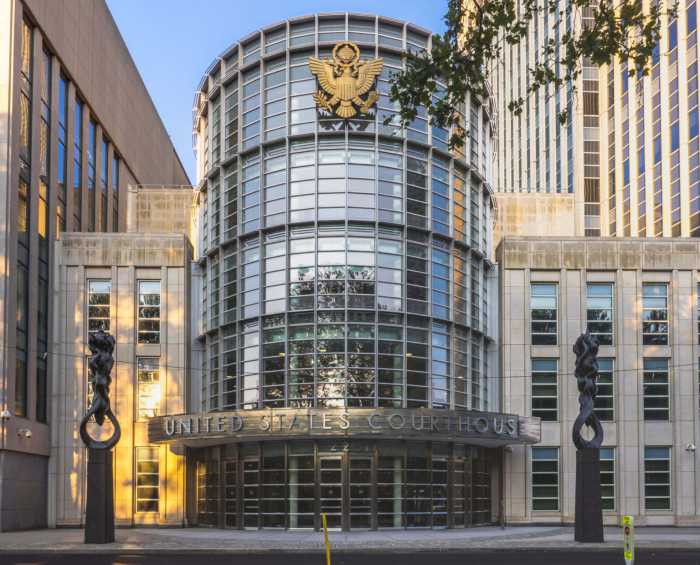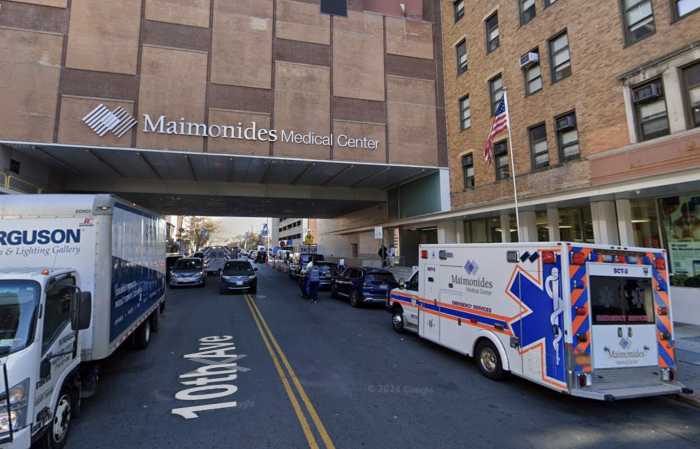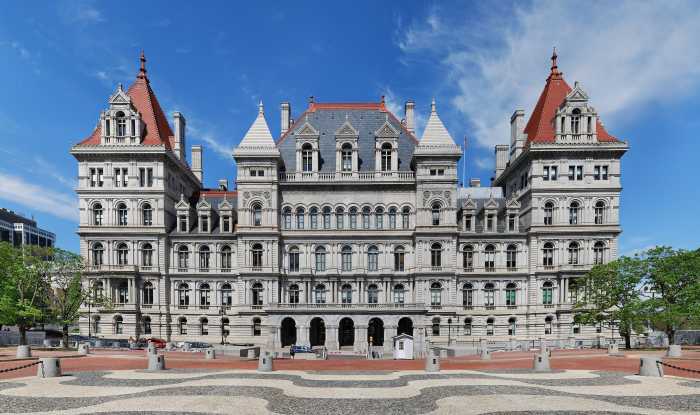Forget the traffic, head to New York Harbor! New Yorkers will soon have more ways to travel around the Big Apple, bypassing congestion and traffic headaches — and it is all by water.
NYC Ferry announced on Monday a revamped ferry service running between the boroughs, as well as the expansion of the East 34th Street Ferry Terminal and two new landings at East Harlem 125th Street and MADE-Bush Terminal in Sunset Park, Brooklyn.
The NYC Economic Development Corporation (NYCEDC), the agency that runs the ferries, said the additional service is part of its Ferry Optimization Plan and marks the first time the city’s ferry system has been redesigned since it launched in 2017.
“From Throggs Neck to the Rockaways, our city’s ferries give New Yorkers and tourists alike a convenient, affordable way to travel across the five boroughs,” Mayor Eric Adams said. “Thanks to smart investments to make our ferry system more accessible, affordable, and sustainable, we’ve already shattered ridership records this summer, and with this comprehensive redesign, we’ll embark on the next great stretch of NYC Ferry’s journey to bring this dynamic service to even more New Yorkers.”
A one-way ticket for an NYC Ferry ride is $4.50, which come January will be $1.50 more than the new $3 subway and bus fare set to take effect that month.
Though the system charges a fee, NYC Ferry is also subsidized by city taxes. However, NYCEDC officials said Monday that it had achieved the “lowest NYC Ferry per-rider-subsidy ever” at $8.33 this year, which is at least 35% less than its peak subsidy in 2020.

What are the new services?
The following services will be implemented by the end of 2025:
- Splitting the East River into two routes at most times of day. A local route will serve all stops on the East River during midday on weekdays and on winter weekends to preserve connectivity.
- Combining the Soundview and Rockaway routes, getting Rockaway route riders to Midtown and E 90th Street with a one-seat ride and boats going toward the Bronx during morning commutes.
- Connecting the St. George route on Staten Island’s North Shore to Brooklyn and the rest of the system. There will be new access from Brooklyn to Manhattan’s west side.
- A one-seat ride to Midtown for the South Brooklyn route.
“By linking Staten Island to Brooklyn and Pier 11, we are unlocking new opportunities for commuters, supporting our local economy, and reaffirming Staten Island’s role in New York City’s future,” Council Member Kamillah Hanks, who represents the borough’s North Shore, said. “I commend NYCEDC for their vision and commitment to delivering on this critical need.”
South Brooklyn service in 2026
NYCEDC said it will also launch a pilot service in South Brooklyn on weekends in the summer of 206. It will extend the new South Brooklyn route to Bay Ridge and Sunset Park. While it is designed as a test run, city agencies will analyze and evaluate the service next fall.
The changes to the system stem from a July 2025 proposal that welcomed commuter feedback. Agencies received around 15,000 responses, with the majority supporting the changes announced on Monday.
The redesign will shorten travel times, provide more destinations, improve on-board capacity, and increase trip frequency, according to NYCEDC officials. They added that the agency will create a “vision for the future of ferries” in the harbor to possibly expand service even further.
“As we embark on this next chapter, the development of a new vision for the future of ferries in the New York Harbor and begin the work for new landings in East Harlem and MADE-Bush Terminal in Sunset Park reaffirm our commitment to expanding ferry service, exploring new vessel technologies, and supporting vital job centers and neighborhoods throughout the harbor for generations to come,” said Andrew Kimball, NYCEDC president and CEO, said.
Despite the historic overhaul of the system, one major neighborhood was overlooked, at least right now.
Canarsie residents have long requested a ferry service to connect them to Manhattan, primarily because the town is situated in a “transportation desert” with limited options for accessing the rest of the city.
Canarsie residents primarily travel by car or the L train to get around the city.
While there are no immediate plans to introduce ferries to Canarsie, NYCEDC lists the neighborhood as one of focus for possible future expansion in its 2025 Ferries Report.
“Canarsie residents deserve serious analysis, real infrastructure investment, and a transparent plan for what ferry access could look like,” City Council Member Mercedes Narcisse, who represents the area, said. “While of course I’m disappointed we weren’t included in this phase, I’m encouraged that Canarsie will be examined in the city’s upcoming Vision for the Future of Ferries. I will keep pushing federal and city partners to ensure our community finally gets the attention it deserves.”
Many of the new features will go into effect as early as Dec. 8. More information about NYC Ferry, including routes and ticket prices, is available at ferry.nyc.
